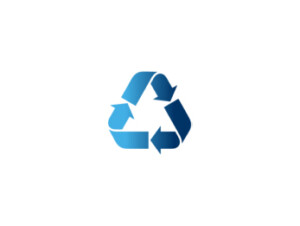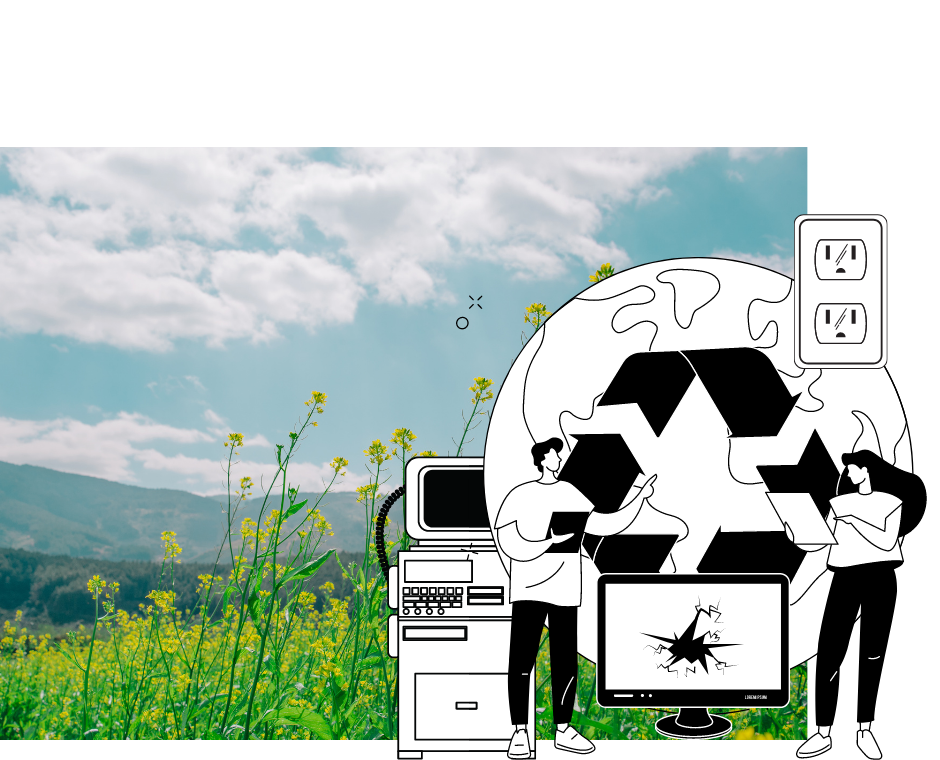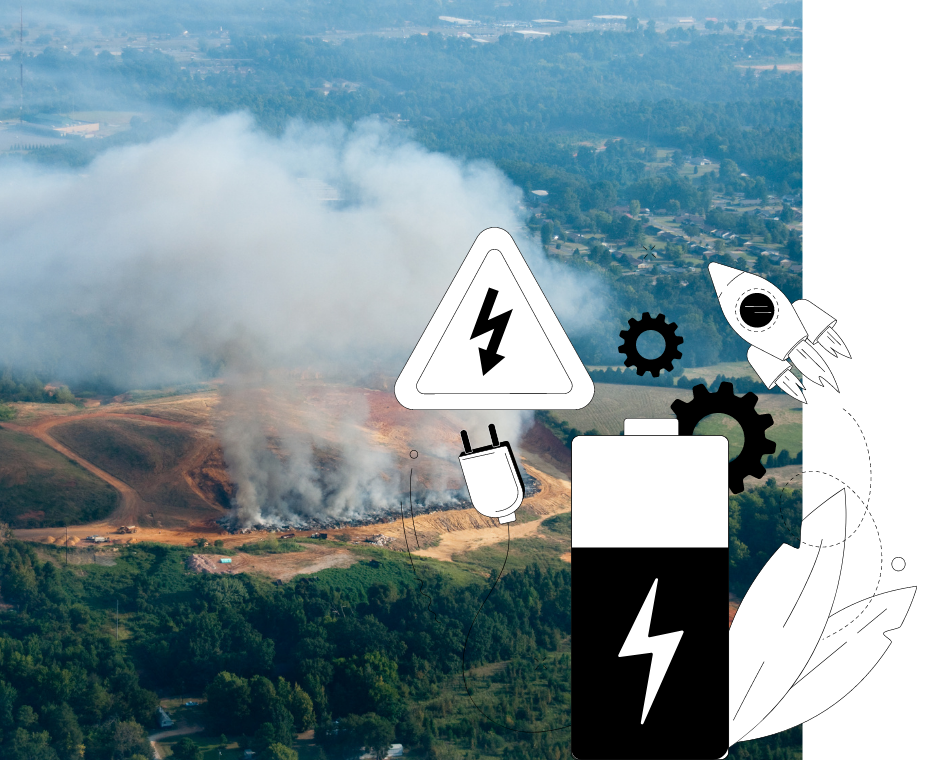
3 Reasons to Wipe Data from Your Hard Drives Before Recycling
Getting rid of your retired electronics and IT equipment? Before you recycle…

E-waste is an informal term that we use to describe end-of-life technology. We generally reserve the word e-waste for electronic equipment that has become nonfunctional; think TVs with broken screens, a keyboard that had water spilled on it, or an old defibrillator.
However, with the current dizzying rates of technological advancement, the term e-waste is now applicable to devices that still work but can no longer keep up with current standards. Your iPod Shuffle probably still works, but it is unlikely that you take it with you on a trip and use it to listen to music.
Once an electronic device reaches a point where it becomes obsolete, we use the colloquial term e-waste to describe it.
E-waste is particularly harmful due to the toxic materials that are often used in the creation of electronic devices. When exposed to the environment through a landfill, they can leach poisonous metal materials into the ground, and those metals will eventually reach groundwater.

Many items that eventually become e-waste are ingrained into our day-to-day lives, but they stop being useful after an update. However, materials contained within them can be reused and repurposed and can potentially have a massive impact on our overall conservation of energy and materials. E-waste includes:
E-waste is an increasingly prevalent form of waste in landfills. E-waste volumes grew by 21% in the past five years, something that can be in part attributed to accelerating technological advancements. Global X ETFs has an excellent article detailing recent advances and the various areas of life impacted by them.
While our world is growing and technology is becoming more advanced, past technology is becoming outdated at an accelerated rate. The result of this is more e-waste ending up in landfills due to a lack of knowledge on potential resources for disposing of e-waste.
Several states have put into place e-waste bans on landfills. There are currently 19 states that have an outright ban on dumping e-waste into landfills. These states include:
However, while other states might not have a complete ban on the dumping of e-waste in landfills, they could have stipulations about what electronics are allowed to be dumped. Which begs the question: why is e-waste being banned from landfills?

Landfills have stringent rules to protect humans and the environment from any potential harm that might come about as a result of dumping. According to the EPA, today’s landfills are well-engineered and comply with federal regulations. The EPA also monitors landfills specifically designated for hazardous materials such as those found in e-waste.
The EPA also mentions landfills specifically designated for hazardous materials like those you might find within e-waste. However, -waste often contains materials that can release toxic chemicals when exposed to elements of the environment, which is what happens in landfills.
The heat from the sun can lead to some materials contained in electronic devices changing form and being released into the environment. Elements that you can find contained in electronic devices can include lead, mercury, and cadmium.
When electronic devices become e-waste in landfills, they eventually break down, and the harmful elements that are used to make them are “…released into the air damaging the atmosphere…(and) can then seep into the groundwater, affecting both land and sea animals.”
While e-waste is a new problem, there are already several alternatives to dumping it into a landfill or stashing it away in a drawer or room somewhere in your house.
E-waste doesn’t have to be thrown away or forgotten in a basement or room. UPCYCLE is an IT Asset Disposition company that offers free pick-up on 25+ items. If you work at a school, hospital, business, municipality, or government agency, our services ensure that your tech is disposed of responsibly and that any vulnerable material stored on your devices is destroyed before we repurpose the remaining materials.
However, not everyone who wants to dispose of tech waste responsibly lives in a location where they can dispose of large quantities of end-of-life equipment. In that case, UPCYCLE also runs several recycling events that you can take advantage of to clear out any old e-waste that you don’t want ending up in a landfill. Part of our core business values is that no material donated to us winds up in a landfill.
To learn more about UPCYCLE and IT Asset Disposition, click here.
Electronic Waste Recycling
At UPCYCLE USA, we make it easy for organizations to do the RIGHT thing with their End of Life Electronic (EOL) IT Equipment. Honest, reliable & secure electronic waste recycling services.